Overview
This article proposes a new approach to business strategy and risk management, referred to as ‘Presilience[1]’. Recent, unprecedented bushfires in Australia, the spread of the coronavirus, and the increased frequency and scale of climate related incidents (floods, storms, etc.), make it self-evident that a fundamental set of changes is occurring. The global stock market meltdown which is a feature of the spread of coronavirus reinforces the view that we need to respond better in the future to these unforeseen events. The article sets the scene for the Presilience concept, drawing attention to the changing global landscape and the volatility of the ‘new normal’. The authors then reflect on why the current risk management and response systems are too over engineered to be agile or flexible enough to meet these challenges.
The new Presilience approach shifts focus away from an emphasis on planning, procedures and systems and recovery, which are essentially established to avoid the mistakes of the past. The new focus is on the people who are managing and responding to risk, and Presilience is about enhancing their inherent skills and capabilities to be adaptable, flexible and agile in response and then building the systems to support them as opposed to making them fit into the system.
The other major difference between a traditional Resilience model and a 2020 Presilience model is that the outcome of a Resilience model is based on ‘recovery’ – in other words restoration of the situation to its state prior to the event. Presilience is about dealing with an incident to achieve a new agreed normal outcome. This new normal seeks to ‘better’ the situation. Presilience is much more than simply being reliable and ensuring business continuity in case a negative event happens, it’s about High Performance and outcomes that make us better than we were before. It’s about constant learning and adaption to seize opportunity, not simply recovering from a negative event.
Presilience challenges current conventional wisdom and thinking, but in seeking to prompt a debate, the authors are not criticising the leadership of the current systems, they were simply built for an era that has now been disrupted. The leaders and systems have served us well for many years, however the environment in which they operate is changing around them, and organisations are quite rightly intent on responding to community need. This paper is hopefully an opportunity for reflection away from the ‘firefighting’; and an opportunity to consider what should the approach for the future be, to deal with this impact of climate and societal change? It is suggested that a Presilience approach with its focus on people, skills and creation of a post incident/crisis new normal, may be a natural evolution of the risk management and response systems being used today.
The shifting global landscape
The world of risk management is changing, and even before the coronavirus outbreak we have noted a changing risk landscape. At a societal level, the shift in the global business environment due the birth of the internet and smartphone technology, increased globalisation and AI has changed our societal landscape forever. In fact, we are now in an era referred to as the 4th industrial revolution (4IR). The personalised nature of the coronavirus response, including the concept of self-isolation, has drawn attention to a fundamental principle of Presilience – which is that Presilience is in our DNA.
As humans we are born ‘risk aware’, with a fear (risk awareness) of loud noises and a fear of falling. We proceed through life managing risk in a very personal and individual way, as every human being on the planet makes daily risk-based decisions about life. Since prehistoric man, humans have come together as tribes. Within this tribal structure and hierarchy, risk is managed at a more strategic level – through rules and conventions about the management of major risk, such as the way the tribe manages risks from fire, transport, security threats and for property protection. Tribal rules are imposed through decree, systems, procedures and laws. The 20th and 21st century has seen a dominance of the tribal systems of risk management through more and more emphasis on a ‘one size fits all’ approach, reducing the role of personal initiative and decision making about risk, and imposing rigid and inflexible systems.
These rules and conventions have become part of the DNA of society until more recent times, when a number of factors have had a huge impact on the way we live. In short, our established personal and collective risk management models are facing huge disruption. Coronavirus has challenged all existing models of response, the virus has required government to shift responsibility to the individuals and their family, the concept of self-isolation has been established, a ritual of frequent personal risk assessment ( through hand washing and other personal measures) has been embedded, and the community has accepted that they need to get better at managing their own very personal and individual risk exposure.
The disruptive environment requires us to embrace the rapid changes within the environment by looking deeper into the effect that psychology has in this disruptive landscape and developing new models of risk and leadership in the changing world. In the old world, making sense of probabilities and frequencies (in a quantitative way) was a key part of risk assessment, yet in recent years the frequency of so called ‘once in a lifetime ‘ events has self-evidently accelerated, and the impact of both the events and the increased frequency is challenging society.
We need two core skills sets; Resilience and perseverance. Resilience is defined as “An ability to recover from or adjust easily to misfortune or change” and Perseverance is defined as “The continued effort to do or achieve something despite difficulties, failure, or opposition.”. The concept of Presilience is that we are born with this ability to adjust to change of misfortune, to bounce back (Resilience), but we also need to understand, develop, practice and deploy these skills in different ways depending on the circumstances and this process of daily exercising of our core skills in this are requires perseverance. The two concepts combined are at the core of the concept of Presilience.
It’s a VUCA world now
The world we live in is VUCA, an acronym originally used by the American Military. It stands for Volatile, Uncertain, Complex and Ambiguous. It was the response of the US Army War College to the collapse of the USSR in the early 1990s. Suddenly, there was no longer the only enemy, resulting in new ways of seeing and reacting. A VUCA world requires an organisation’s leadership and strategies to come under scrutiny; it is no longer a case of finding the one way or the management tool: standards give way to individuality and problem solving. At one level this is a new way to approach risk – but in reality, we are simply rebalancing the risk management roles from a tribal dominant role (roles, systems, procedures) to a more personalised and individual risk management approach. We often call this dynamic risk equilibrium (DRE).
Accepting we live in a VUCA world is the critical first step towards ‘updating the operating system’ of how we view the conditions under which we make decisions, plan forward, manage risk, foster change and solve problems in the business world today. This reality is being well documented with many experts trying to forecast what the 4IR means for us., What we do know is that the emerging and current landscapes include:
- AI and automation (shifting focus of the skills of the workforce is required)
- Climate change (forget the cause, we know it’s here)
- Social networked age (service focused)
- Complex mixed workforces (Boomers, Gen X, Y and Z all in the workforce)
- Holocracy (loosely coupled and flexible business models).
- Instant Gratification (the internet and 24-hour access has led to the expectation if instant service and gratification)
- Globalised security threats (including cybercrime and terrorism)
From outdated approaches to a new model – from resilience to Presilience
The systems that were developed for a pre-VUCA world led to cumbersome practices that are over engineered. Over engineering is the concept of designing a process to have more features than necessary and is often done to increase safety and reduce risk – but in terms of trying to respond to crises and emergency, over engineering often leads to inaction, risk aversion and decision avoidance. In fact, at best it creates the illusion of control which, when the illusion is shattered, only makes the crisis worse. As a design philosophy, it is the opposite of the lean systems approach adopted by many successful businesses and it decreases the productivity of risk response, because of the need to build and maintain more features than most risk responses need. The word Resilience has been used to describe the traditional, highly engineered process and system of risk management, and this paper suggests that the current thinking around resilience is too traditional, too focused on process and insufficiently focused on the skills of the teams and leaders who need to respond quickly and decisively to manage risk and crisis and the associated systems they need to support them. The word Presilience is proposed as a new descriptor to ‘brand’ a new approach to managing risk.
Presilience – what is it?
Presilience is not about process – it’s about the ongoing application of the skills needed to more effectively respond to risk, whether it is opportunity or crises, incidents and emergencies. It is underpinned by strong situational awareness and led by people with strong;
- Critical reasoning skills.
- Decision making skills and lean decision-making systems.
- Directive and effective communication skills.
These are the skills that time, and time again have been shown to be the key skills required to effectively manage major incidents and emergencies. We are all born with these skills, we use them every day and rather than trying to focus attention on more and more plans and processes – we should be focusing on the skills of deployment. Major wins don’t solely come from tactics – they come from good tactics and exceptional performance on the pitch. Presilience is about the players on the pitch. Excessive planning leads to confusion. Requiring a plan for any and every foreseeable event deceives us into thinking that all emergencies are foreseeable – they are not! What makes an event into a crisis or emergency is the lack of foreseeability, and yet we direct so much effort into planning and rehearsing response to the foreseeable alone. Although the existence of these mega plans gives us some comfort and reassurance, all the evidence is that realistically, they are of little real value.
Unless they are comprehensively tested and practised – and relevant to the incident we are dealing with. They create an illusion of control but in reality they may actually be wasting precious resources. For example, arguably the single biggest risk measure around coronavirus is not the closure of schools, events or borders – it is persevering with the personal risk measure of frequent hand washing.
At an individual level, the resilience model forces too much information into our brains without thinking about the capacity of our brain to absorb and use the information. The primary reason for this model is often linked to the increase in litigation and the resultant need for the double negative approach of ‘not getting it wrong’. However, we have seen that in some cases over planning actually creates more risk as people are judged after the fact for not implementing a plan that in reality was not applicable to the incident they were facing.
Resilience is therefore about a constant focus on plans, processes and procedures to avoid the mistakes of the past. Resilience is about a system of not making the mistakes of the past, which is highly valuable for easily predictable events. Resilience is a noun – a part of speech which refers to a person, place or thing – who will do what, where will something be done and what ‘things are in a resilience plan’. Resilience is about the 20th century thinking and process, resulting in complicated bureaucracies that are often too slow to effectively meet the challenges and risks presented or seize opportunities as they evolve.
Presilience is about the people and problems of the 21st century – simple, intuitive and flexible – as a comparative example, it’s sort of like the landlines of the last century versus the smartphones of the 21st century. Presilience is a verb – a part of speech which indicates action – Presilience focuses on leaders and teams applying high level critical reasoning skills to the problem/risk in front of them, quickly developing a plan, making effective decisions within a simple framework and executing effective action through clear, effective and directive communication. Presilience is about flexibility in responding to the risks of the future, and given the scale and pace of major events over recent months – driven by climate change and an increased global movement of people – we need to get better at responding to what is unfolding in front of us i.e. insight – not just concentrate on avoiding the mistakes of the past i.e. hindsight. Presilience promotes:
- Do what you can:
- With what you have:
- From where you are.
A resilience approach has served us well in the past, but perhaps the future should be less about prescriptive plans, processes and systems which can fetter discretion and decision making. – Could they be more about enabling people through building on our natural human skills of managing risk, and developing effective leaders and teams with high level command and control skills and then building the ‘smart and enabled ‘systems to support them?
Taking the best of the old but being brave enough to implement new models that adopt a Presilience approach and focus on balancing Managerialism with Adaptive Leadership is crucial for success in the modern business world. In fact, one of the biggest challenges is that many of the tools, systems and strategies we use to manage our organisations are based on the lessons learned from the 1st industrial revolution and date back to the 18th century.
Whilst there is no doubt that some things stay the same, our innovative ancestors could not have seen the need to empower employees based on 24/7 connectivity and the ability to work from anywhere are crucial inputs for successfully establishing a lineal manufacturing model. In the new world, in the information age, we cannot and should not ignore the vast amount of information available to us and a Presilience approach is also Risk Intelligent.
PART 2
What is risk intelligence
Situational Awareness (SA) is very important, not just for personal security but as a fundamental building block in collective security. It is important to note that situational awareness — being aware of one’s surroundings and identifying potential threats and dangerous situations — is more of a mindset than a hard skill. Because of this, situational awareness is not something that can be practiced only by highly trained government agents or specialised corporate security teams.
Situational awareness is not only important for recognising terrorist threats, but it also serves to identify opportunities, criminal behaviour and other dangerous situations. In short, SA is about knowing and understanding what’s going on around us so we can identify and act on anomalies – it is a continual skill from birth to death and requires continued focus and practice to apply.
The word situation is defined as the set of things that are happening and the conditions that exist at a time and place. The word awareness can be defined as knowledge that something exists or understanding of a situation or subject at the present time based on information or experience. Situational Awareness, as a concept, is therefore too flat and one dimensional to be the core concept at the heart of a Presilient approach to managing incidents and emergencies with agility and flexibility. To support and inform and execute effective decisions and actions, what is required is intelligence.
Intelligence is defined as the ability to learn, understand, and make judgments or have opinions that are based on reason. Risk is defined as the possibility of something bad happening. In a Presilience model, situational awareness becomes risk intelligence, because the point of Presilience is to recognise the possibility (or probability) of something bad happening, and having leaders and teams able to learn, understand and make judgements, based on reason, about what action to take and how to execute and implement those actions.
Risk intelligence is about how we understand and respond to a changing environment and is therefore not a skillset as such but more an applied attribute, based on integrating the key attributes, skills and capabilities, these can be used as a very basic checklist to determine risk intelligence and risk culture (when done at a teams and organisational level):
- Manage uncertainty
- Achieve objectives
- Have the ability to move, think and understand quickly and easily
- Focus on changing or creating more effective processes, products and ideas
- Constantly enhance the likelihood of a business succeeding.
- Have better productivity and performance
- Share information, rewards, and power appropriately and fairly
- Take initiative and make decisions to solve problems and improve service and performance.
- Display toughness in the face of adversity and have the capacity to recover quickly and respond to short term shocks,
- Have the ability to adapt and evolve personally and shape groups and organisational structures to respond to long term challenges
Risk Intelligence (RI) is defined as:
‘A set of living skills, applied attributes and behaviours, that are frequently practiced, enabling effective decision making to manage potentially negative outcomes and capitalise on opportunities.[1]
Risk intelligence enables better decision making, to proactively embrace opportunity and manage negative outcomes, and incorporates agility and resilience, since in a VUCA world being able to pivot and bounce back is critical.
If it makes so much sense why is it so hard to develop risk intelligence?
In a VUCA world, the ability to pivot when things change is crucial. Complexity, uncertainty and ambiguity constantly create the need for change. Even with the most thorough planning, things don’t always work as planned. The ability to bounce back or keep going when things go wrong is of vital importance, along with the adoption of a ‘fail forward’ mentality.
Importantly, risk intelligence is about seizing opportunity and minimising downside and avoiding the risk of not doing anything. There are many examples of a decision void, whereby leaders have consciously, or sub consciously, let events dictate outcomes and not actively made any decisions. The litany of examples of such indecision has been greatly extended through the recent pandemic. Avoiding making a decision, by not making a timely decision is still a decision and, as such, even the decision to not act or pause still requires developed Risk Intelligence.
In summary – risk intelligence is impossible to achieve unless it is already underpinned by agility and resilience. But it’s not enough- we need to move from a mindset of resilience to that of Presilience. It is also important to understand that risk intelligence is part of the human approach that we adopt every day.
Decision making, urgency and importance
One of the major challenges of a resilience approach is the fact that its designed to be an after the fact response. Presilience on the other hand is about also making the best possible decisions before facing a crisis or serious incident to minimise its negative impact or enable us to innovate and adapt. The challenge we face is that of information classification. As discussed above the challenge of information overload is significant, as such we tend to sort information based on two criteria:
- Urgency
- Importance.
The challenge with both of these is that based on our perceptions, which in many cases are flawed, we often misinterpret urgency and importance and spend a lot of time putting our energy into the wrong things. This is where a clear articulation of purpose, or as per the title of Simon Sinek’s (2009) excellent book ‘start with why’’ one of the challenges, especially for leaders, is to ensure we are focusing our attention on the purpose – the why.
When we can clearly view this, we can then put our energy into first solving those issues that are both urgent and important and then focusing the remaining energy on the important. With this we end up spending a lot of time on things like excessive planning and over engineering that won’t bring us closer to our key purpose. Fundamentally, Presilience is about aligning our actions with the results desired and focusing our decision making and efforts in the most effective way possible.
Summarising Presilience vs resilience
Resilience is about the 20th century thinking and process – Resilience is a noun – it’s about an approach built around a role, a place or a thing – who will do what, where will something be done and what things are in a resilience plan. Presilience is about the people and their skills – simple, intuitive and flexible. As an analogy it’s a bit like a comparison between the landlines of the last century versus the smartphones of the 21st century.
Presilience is a verb, it’s about action and execution. Presilience focuses on leaders, teams and individuals all applying risk intelligence based on the development of high level critical reasoning skills to the problem in front of them, quickly developing a plan and making effective decisions within a simple framework and executing effective action through effective and directive communication.
Presilience is about flexibility and adaptability in responding to the incidents of the future, and given the scale and pace of major events we have seen occurring – driven by climate change and an increased global movement of people – we need to get better at responding to what is unfolding in front of us – not just concentrating on avoiding the mistakes of the past. Presilience is built on risk intelligence, but founded on a robust approach to vigilance, situational awareness as well as effective sense and meaning making.
Presilience is much more than simply being reliable and ensuring business continuity in case a negative event happens, it’s about constant learning and adaptation to seize opportunity and grow, not simply recover to Business as Usual from a negative event. It’s about applying Dynamic risk equilibrium (DRE) and RI as an integrated skill set. A resilience approach has served us well in the past, but perhaps the future should be less about prescriptive plans, processes and systems – which can fetter discretion and decision making – and more about enabling people through building on our natural human skills of perseverance and developing effective leaders and teams with high level command and control skills supported by fit for purpose technology enabled systems.
About the authors
Dr. Gavriel (Gav) Schneider FIRSM, FGIA, CPP, FIS (SA), FIML, FARPI
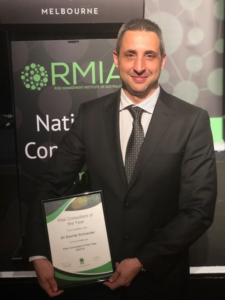
Mr Tony McGuirk CBE, QFSM, MSc, FIFireE, FIIRSM

He has a Masters Degree in Human Resource Management, he is Fellow of the Institution of Fire Engineers, a Fellow of the International Institute of Risk and Safety management, and a Graduate of the Harvard Business School. Alongside consultancy work, he is the Director of Hazmat & Specialised Support for the New South Wales EPA.
[1] Presilience is a registered trademark of the risk 2 solution group. Please contact info@risk2solution if you would like to use it.
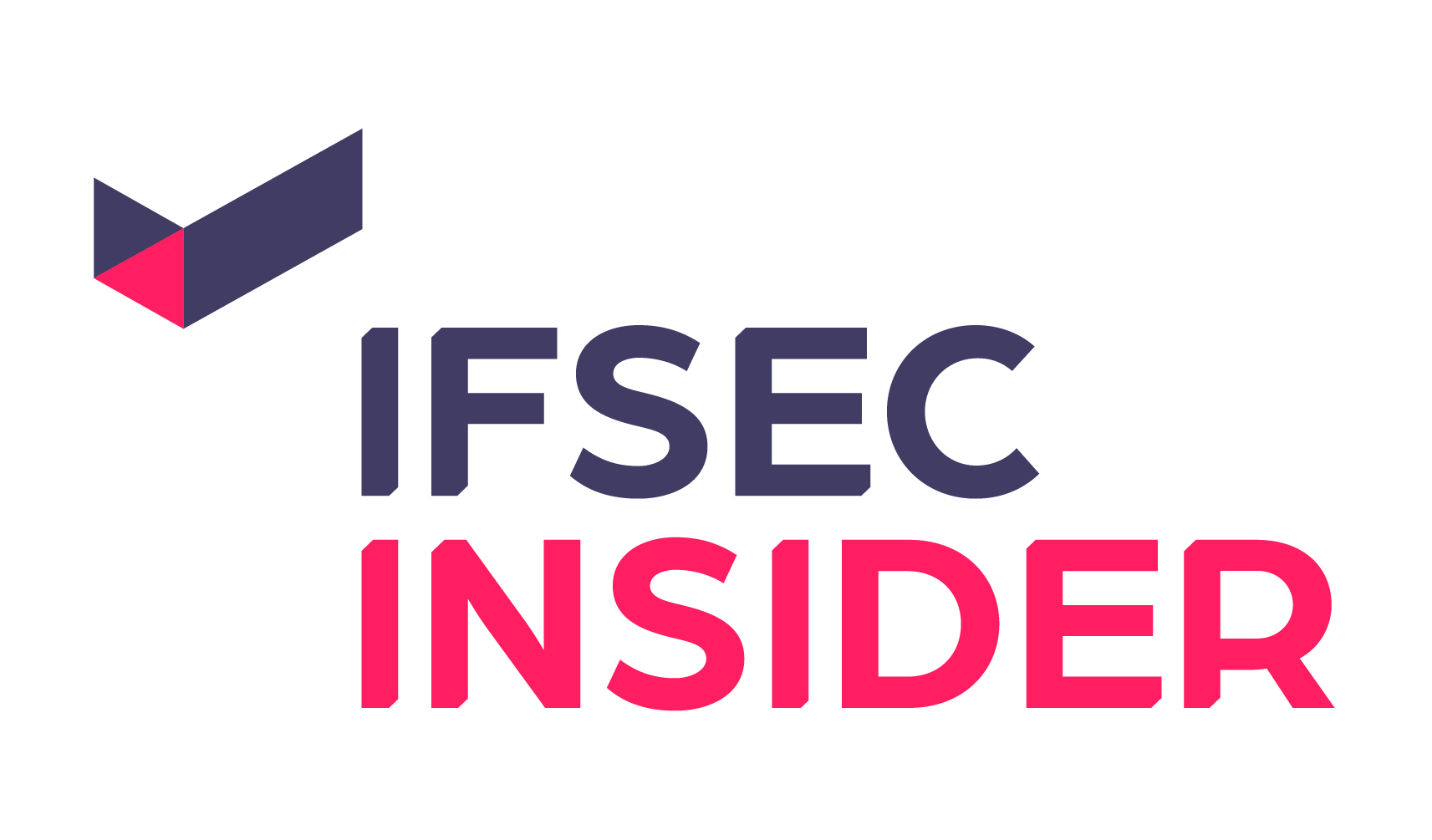


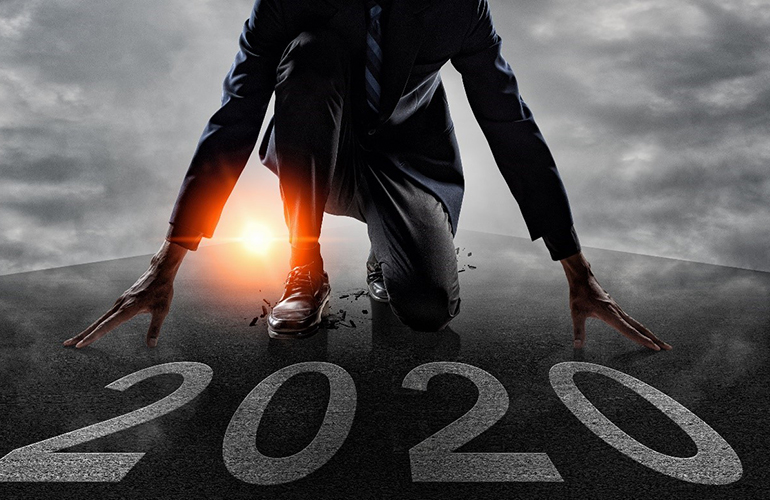
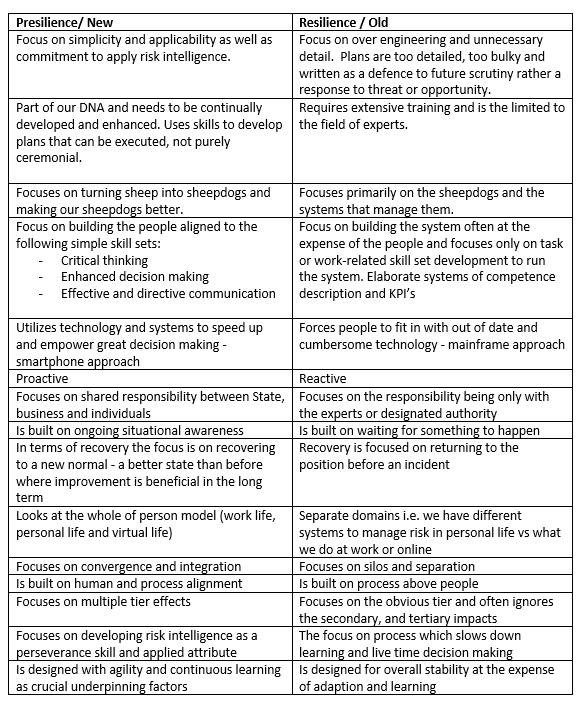
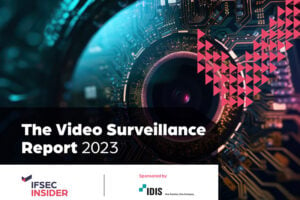
[…] new Presilience® approach shifts focus away from an emphasis on planning, procedures and systems and recovery, which are […]
[…] READ: Dr Gavriel Schneider and the move towards presilience […]